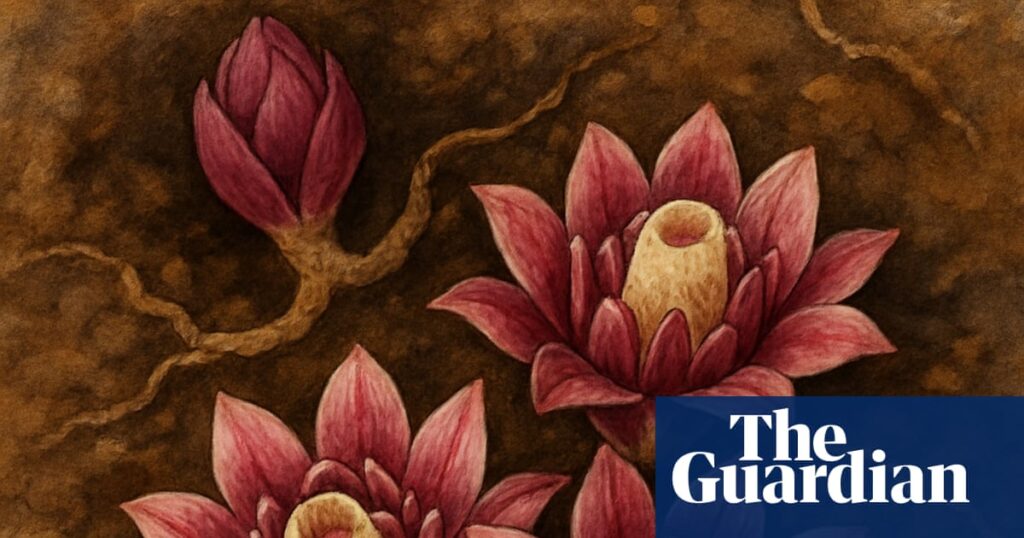Rhizanthella is an extraordinary orchid that lives its entire life underground. It flowers below ground, has no leaves and survives by feeding on nutrients from a fungus that gets its food from the soil and by connecting with roots of the broom bush, Melaleuca uncinata.
Rhizanthella was an international sensation when it was first discovered by a farmer ploughing a field in Western Australia in 1928. It still remains incredibly difficult to find, usually by searching areas with the right habitat and carefully scraping away soil searching for the blooms buried underneath – tiny reddish flowers wrapped in creamy-pink bracts. The blooms also have a heady scent of vanilla, and may be pollinated by termites or tiny flies.
There are five species of Rhizanthella, all of them among the rarest orchids in the world. With very few surviving plants they are highly vulnerable to extinction after suffering loss of habitat and drought caused by climate breakdown.
But the botanist Kingsley Dixon at the University of Western Australia is urgently trying to conserve the orchid by growing the fungus with the orchid seed in a lab and transferring them to Melaleuca bushes grown in pots.

